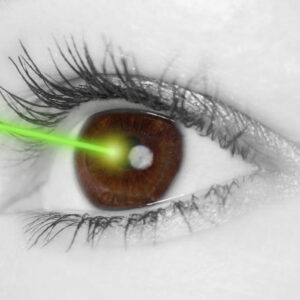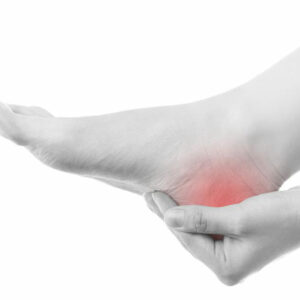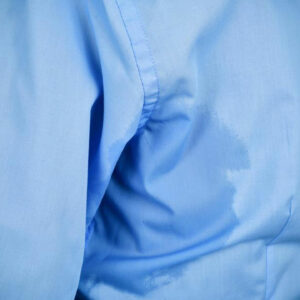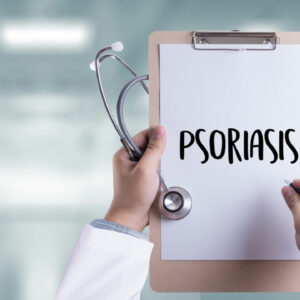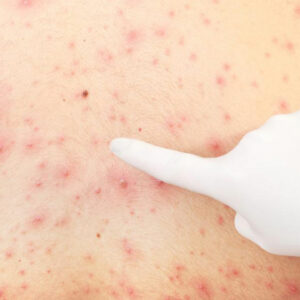
01
All You Need to Know About Pityriasis Rosea Treatments
Pityriasis rosea is a common skin condition that can significantly affect your day-to-day life. Therefore, treatment for pityriasis rosea is essential. It is a form of skin rash that usually beings as a single lesion. This single lesion is followed by a full body rash that can last up to 12 weeks. The initial lesion is called a herald patch. This patch can be circular or oval and usually occurs on the chest, abdomen, or back. The herald patch can be up to 10 cms in diameter. The herald patch of pityriasis rosea is followed by a generalized rash in 1 to 2 weeks. This full body rash can last for 12 weeks on average. The exact reason for the onset of pityriasis rosea is not known, but the symptoms and accompanying conditions suggest a viral cause. Pityriasis rosea treatment is usually supportive since the condition often clears up on its own when given enough time. Supportive pityriasis rosea treatment is mainly to reduce the severity of symptoms and to prevent any secondary conditions or infections. Signs and symptoms of pityriasis rosea The primary symptom of pityriasis rosea is the characteristic rash. The initial herald patch or mother patch is circular or oval, with a raised surface that might become scaly. Within a week or two of the appearance of the mother patch, smaller patches start to appear over the body. Unlike the mother patch which can be around ten cms across, these patches are much smaller and range between 0.5cms to 1.5 cms. The face is usually unaffected. The rash is usually not painful but may be very itchy. The color of the outbreak could be pink, red, dark brown, black, or gray. The individual patches are oval, but when grouped they may form a tree-like pattern, especially on the back and torso.
Read More 
